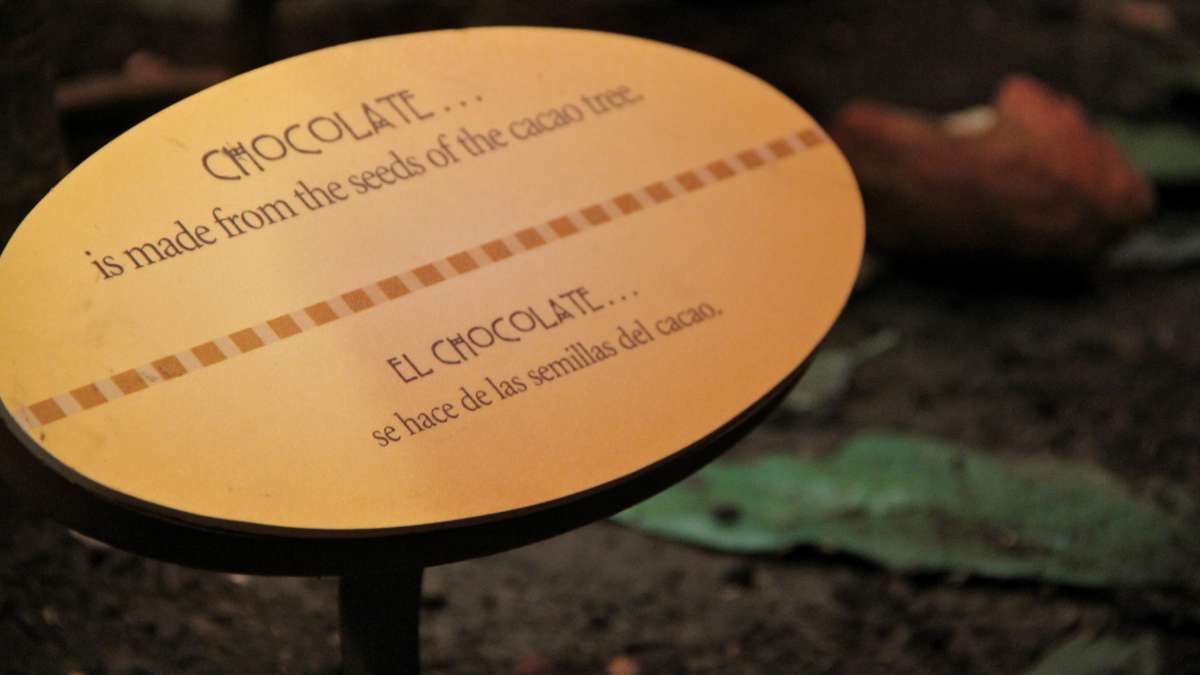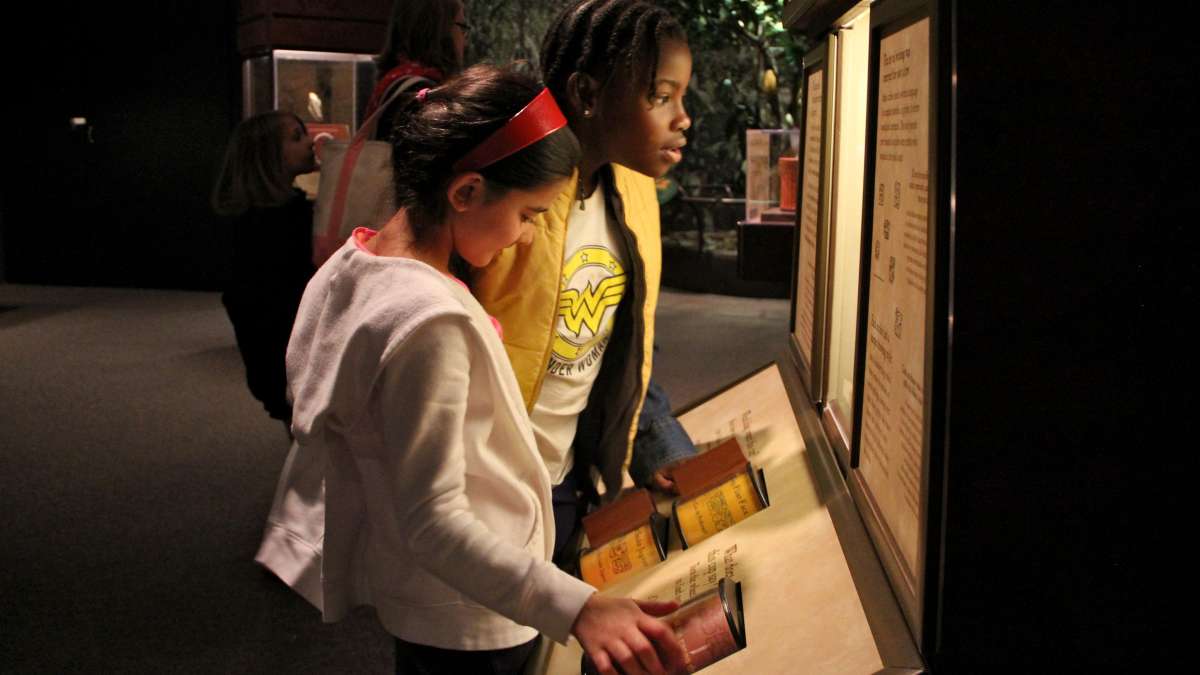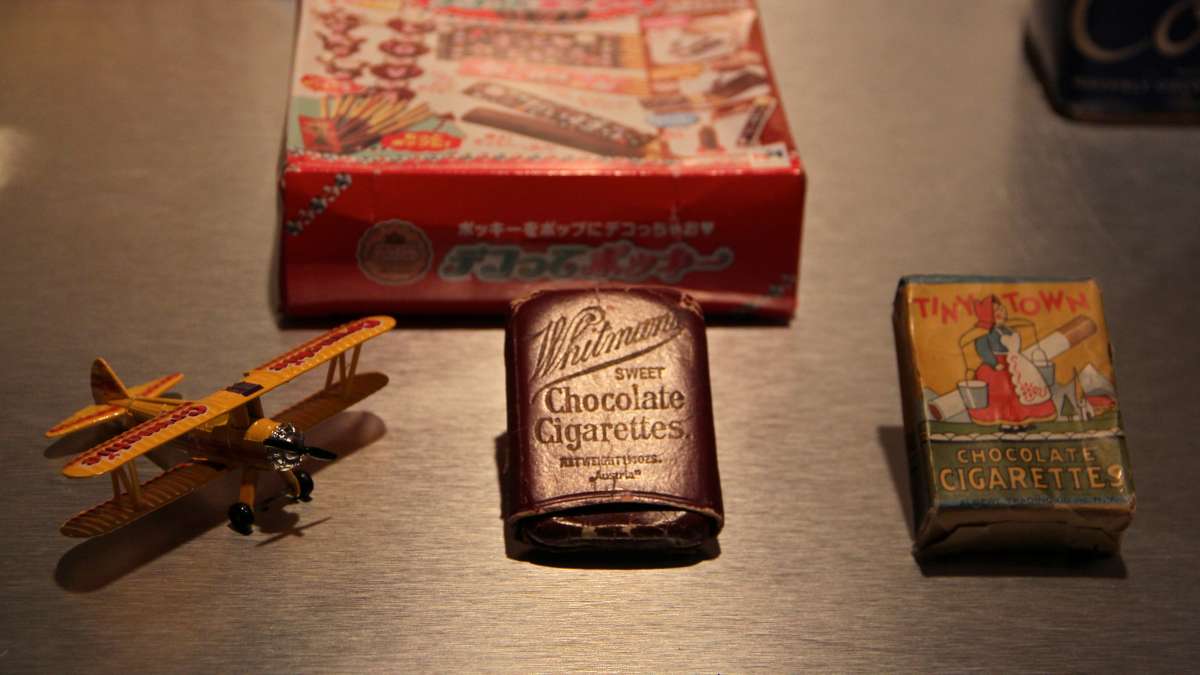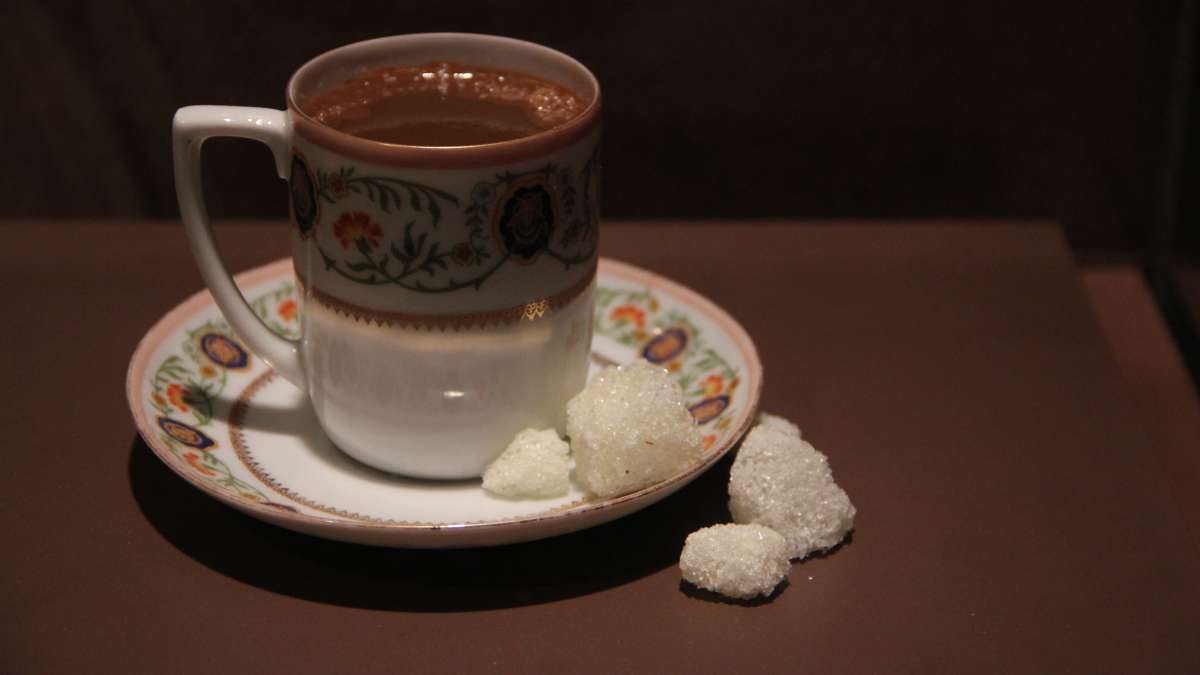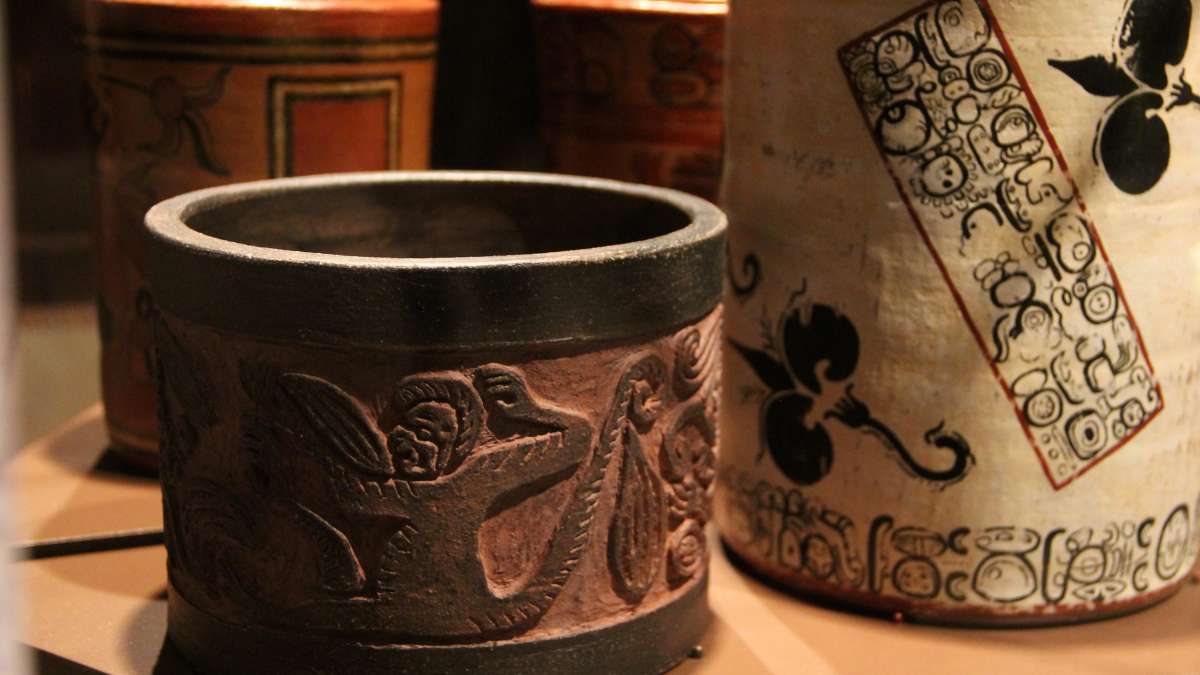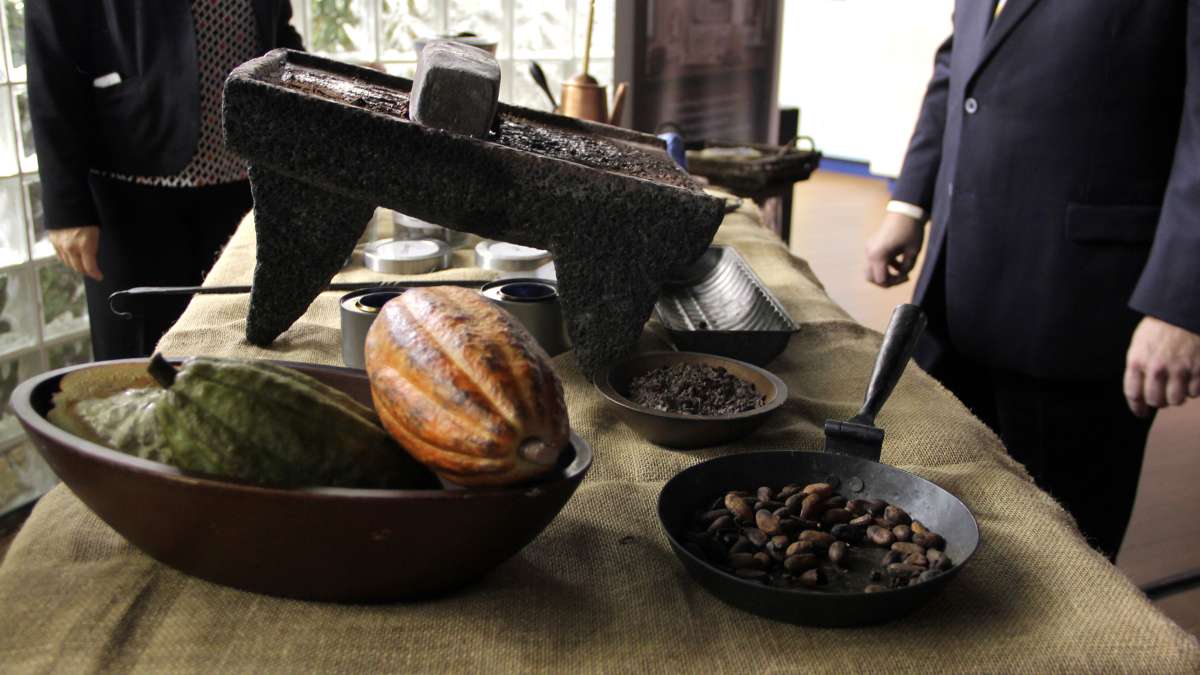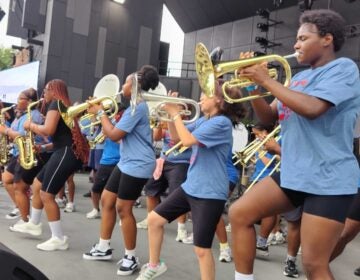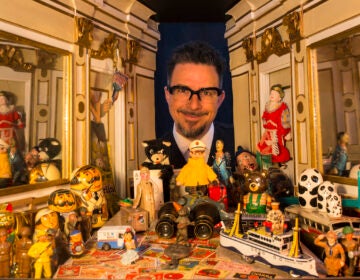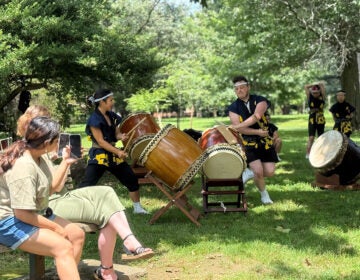Academy’s exhibit is music to kids’ ears: chocolate as fruit [photos]
Parents trying to instill healthy eating habits in their children, be warned: the new exhibition at the Academy of Natural Science of Drexel University teaches kids that chocolate is actually fruit.
The centerpiece of the show is a full-size recreation of a cacao tree, which produce seedpods the size of footballs.
“You open the pod and you see the seeds inside, and they bear no resemblance at all to the chocolate you think about now,” said Jennifer Sontchi, the Academy’s director of exhibits. “I work at a natural history museum, and even I was surprised by the incredible disparity between the original fruit and the chocolate I love to eat as a special treat.”
The ancient Mayan people in the rain forests of Central America were the first to experiment with the seeds of the cacao fruit — fermenting, drying, roasting, and grinding them into a sacred, bitter drink. “Chocolate: The Exhibition” chronologically traces the science and culture of chocolate, from its use as currency by the Aztecs, to its discovery by Europeans who sweetened it with sugar.
Later, both cacao and sugar cane were cultivated by Europeans with slave labor.
Like the ancient Mayans, Europeans developed specialized crockery with which to drink the rare delicacy. Ben Franklin sold chocolate out of his print shop in Philadelphia; it was a drink that would have been spiced with a blend of a half-dozen flavors, including chili pepper, anise, and orange.
It was not the mid-19th century that chocolate was mass-produced as a solid food, i.e. a candy bar.
The traveling exhibition originated in Chicago, at the Field Museum. The Academy brought it to Philadelphia because, for one, it ties botanical science to a common treat (Academy scientists are not currently doing any research related to the cacao tree), and the exhibitions materials are multilingual: all the wall texts are in English and Spanish.
“The story of chocolate is so focused on the Mesoamerican and Mexican cultures, it’s so fitting,” said Sontchi, who plans to leverage the exhibition into partnerships with Latino organizations in the region.
The Philadelphia area has been a major center for chocolate manufacturers, including Hershey’s near Reading, and Wilbur’s, whose century-old, fading sign can still be seen along the Ben Franklin Bridge. The Academy’s exhibition is sponsored by Mars, which is headquartered in Virginia.
WHYY is your source for fact-based, in-depth journalism and information. As a nonprofit organization, we rely on financial support from readers like you. Please give today.



